The world of bearded dragon breeding combines passion for these charismatic reptiles with scientific knowledge and ethical responsibility. As these Australian natives have become increasingly popular pets worldwide, the breeding industry has expanded rapidly, raising important ethical questions about how we reproduce these animals for the pet trade. While many breeders maintain high standards of care and genetic responsibility, others may prioritize profit or aesthetic traits over animal welfare. This article explores the complex ethical landscape of bearded dragon breeding, examining the responsibilities breeders have toward the animals in their care, the future generations they create, and the wider reptile community.
The Rise of Bearded Dragons in the Pet Trade
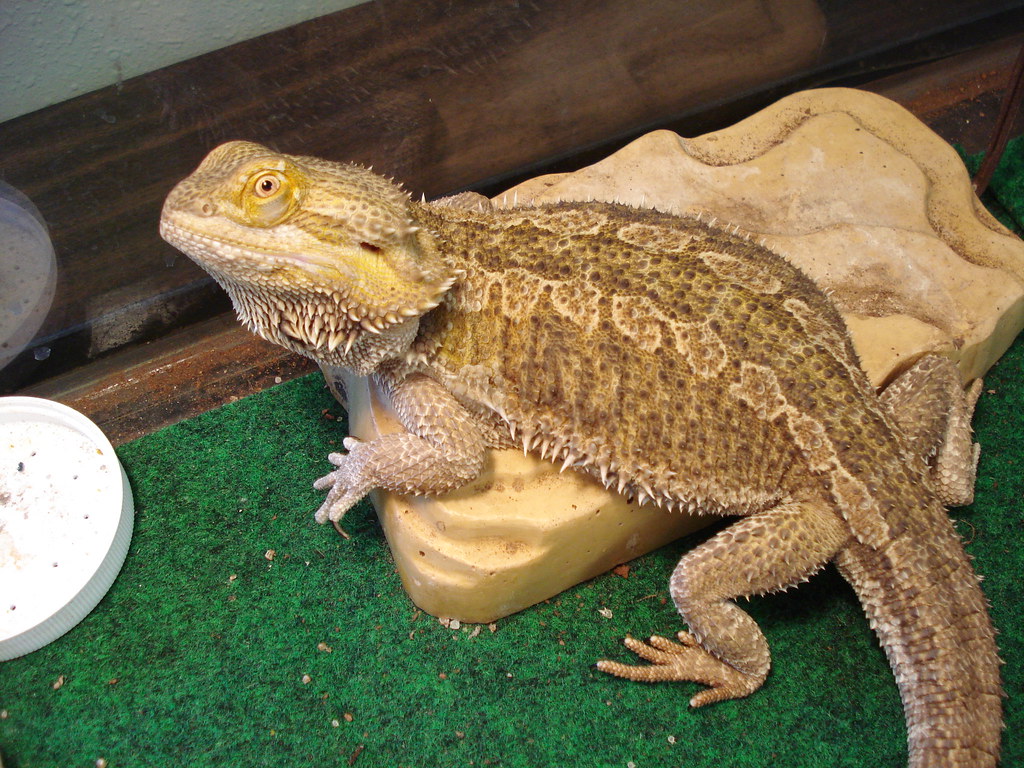
Bearded dragons (Pogona vitticeps) have experienced a remarkable rise in popularity since their introduction to the pet market in the 1990s. Their docile temperament, manageable size, and expressive behaviors have made them one of the most sought-after reptile pets globally. This popularity has created a significant demand that breeders work to meet, resulting in a thriving industry dedicated to producing bearded dragons in various colors, patterns, and morphs. The transition from wild-caught specimens to captive-bred animals represents a positive ethical shift, reducing pressure on wild populations while generally producing healthier, tamer pets. However, this success has also led to overbreeding, genetic issues, and welfare concerns that ethical breeders must navigate thoughtfully.
Genetic Diversity and Responsible Breeding Practices

Maintaining genetic diversity represents one of the most fundamental ethical considerations in bearded dragon breeding. Ethical breeders carefully track lineages and avoid inbreeding, which can lead to weakened immune systems, reduced fertility, and various congenital defects. The practice of line-breeding (breeding related dragons) to establish specific traits must be balanced with outcrossing to maintain genetic health. Responsible breeders maintain detailed records of their breeding stock, including genetic history, health issues, and temperament characteristics. They also limit the number of clutches a female produces to prevent exhaustion of her physical resources and ensure optimal health for both the breeding animals and their offspring. This approach prioritizes the long-term welfare of the species in captivity rather than short-term production goals.
The Ethics of Breeding for Morphs

The creation of specialized color and pattern variations, known as morphs, represents both an achievement and an ethical challenge in bearded dragon breeding. While many morphs simply display beautiful aesthetic variations without health implications, others carry genetic issues that affect quality of life. For example, silkback (also called leatherback) bearded dragons have dramatically reduced scales that create a smoother appearance but can lead to dehydration, shedding problems, and increased susceptibility to skin injuries. Ethical breeders approach morph development with extreme caution, focusing on traits that don’t compromise health or natural behaviors. They provide complete transparency about any potential health considerations associated with specific morphs, allowing prospective owners to make fully informed decisions. The principle of “do no harm” should guide morph development, with animal welfare always taking precedence over novelty or profit.
Housing and Care Standards for Breeding Stock
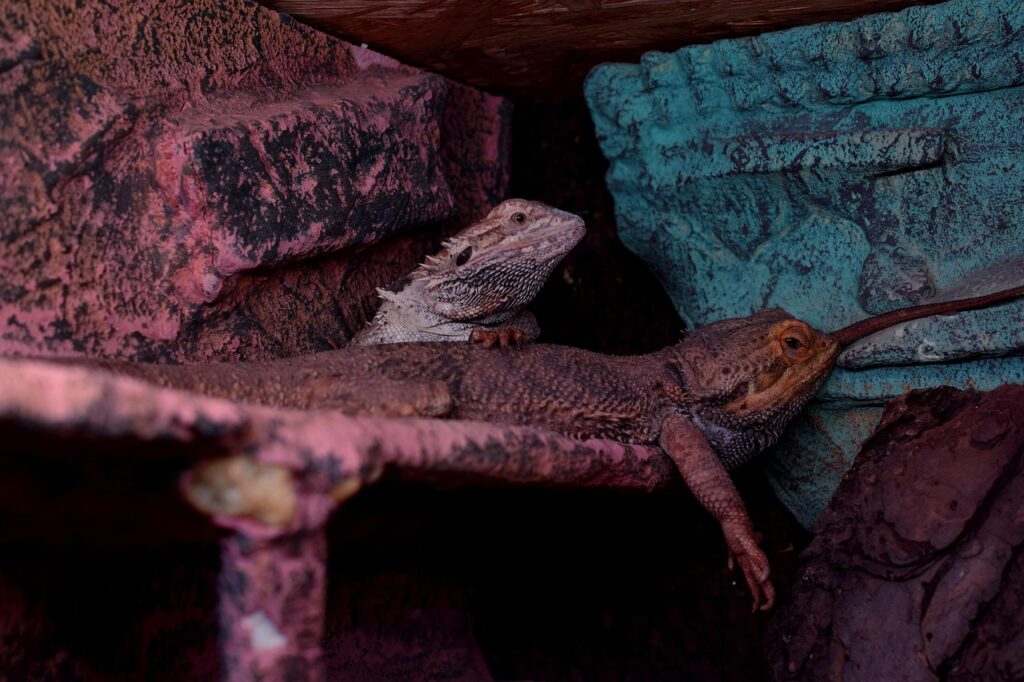
The conditions in which breeding bearded dragons are kept directly impact their welfare and reproductive success. Ethical breeders provide spacious enclosures that exceed minimum requirements, allowing natural behaviors such as climbing, basking, and exploring. Proper temperature gradients, UVB lighting, and nutritionally complete diets are essential for maintaining healthy breeding stock. Breeding facilities should maintain excellent hygiene standards to prevent disease transmission, with quarantine protocols for new animals and regular veterinary assessments. Beyond physical needs, ethical breeders also address psychological welfare by providing environmental enrichment, appropriate social interactions, and stress reduction measures. The quality of life for breeding animals should be equivalent to that of pet bearded dragons, rather than treating them simply as production animals.
Female Reproductive Health and Breeding Frequency
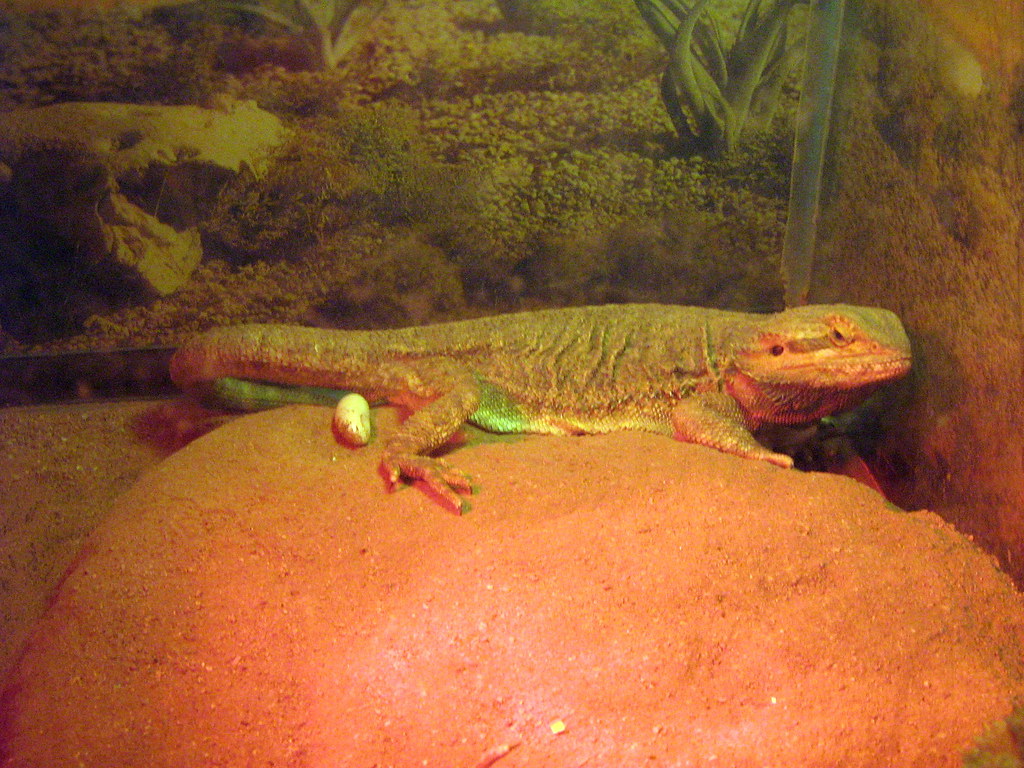
Female bearded dragons bear the physical burden of reproduction, making their health a critical ethical consideration in breeding programs. Ethical breeders ensure females reach full physical maturity (typically 18-24 months) before breeding, possess optimal body condition, and receive specialized nutrition to support egg production. They strictly limit breeding frequency, generally allowing no more than 2-3 clutches per year with substantial recovery periods between breeding cycles. Continuous or excessive breeding can lead to calcium depletion, weight loss, prolapse, egg binding, and premature death. Responsible breeders monitor females closely for signs of reproductive stress, provide pre-lay and post-lay supportive care, and retire females from breeding well before they reach the end of their natural reproductive lifespan. This approach recognizes that each female represents an individual with intrinsic value beyond her reproductive capacity.
Hatchling Care and Responsible Distribution
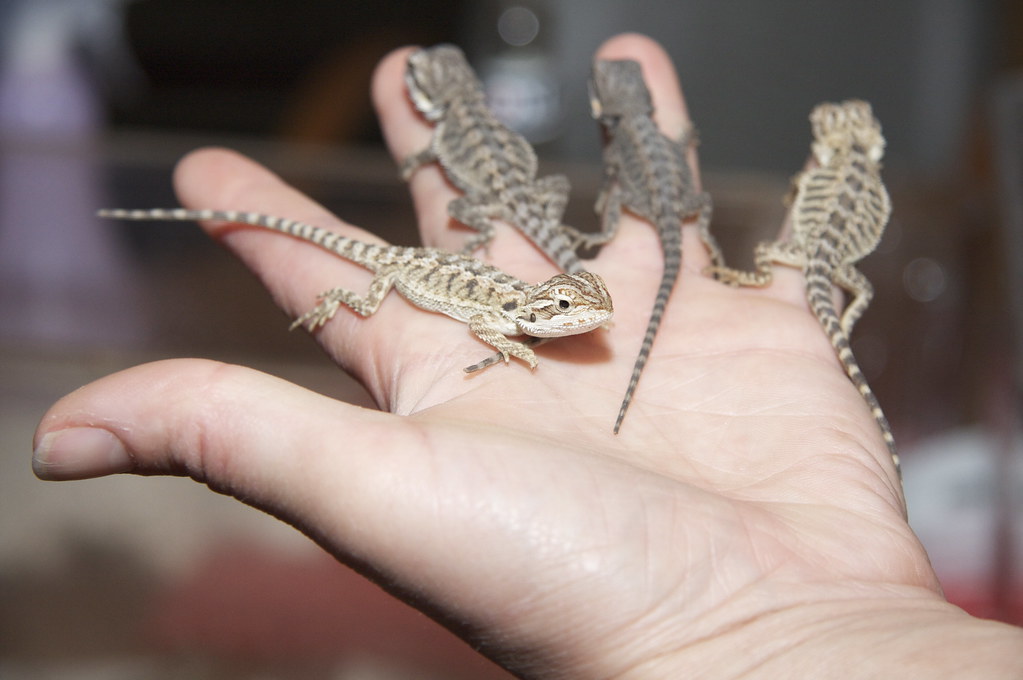
The ethical obligation to bearded dragons extends beyond the breeding process to encompass appropriate care for hatchlings and responsible distribution practices. Ethical breeders provide optimal conditions for egg incubation and meticulous care for newly hatched dragons, including appropriate housing, careful monitoring, and specialized feeding regimens for juveniles. They retain hatchlings until they demonstrate consistent feeding, growth, and health, typically for at least several weeks after hatching. Responsible distribution involves screening potential buyers to ensure they understand bearded dragon care requirements and are prepared to provide appropriate lifelong husbandry. Ethical breeders provide comprehensive care information, ongoing support for new owners, and a commitment to take back animals if owners can no longer care for them. This approach helps ensure that bred dragons have the best possible chance at a good quality of life in their new homes.
Preventing Overpopulation and Abandonment

The bearded dragon breeding community faces ethical responsibility for the overall population dynamics of these reptiles in captivity. Breeding should be intentional and market-aware, with breeders carefully considering whether additional animals are needed in the pet trade. Ethical breeders produce only the number of hatchlings they can properly care for and responsibly place, rather than maximizing production. They establish networks with reptile rescues and remain informed about abandonment rates and shelter populations in their regions. Many responsible breeders actively support rescue organizations through donations, education initiatives, or by helping to rehome surrendered animals. This holistic approach acknowledges that each breeder contributes to the broader ecosystem of bearded dragon ownership and welfare, with corresponding responsibilities beyond their immediate breeding program.
Genetic Testing and Health Screening
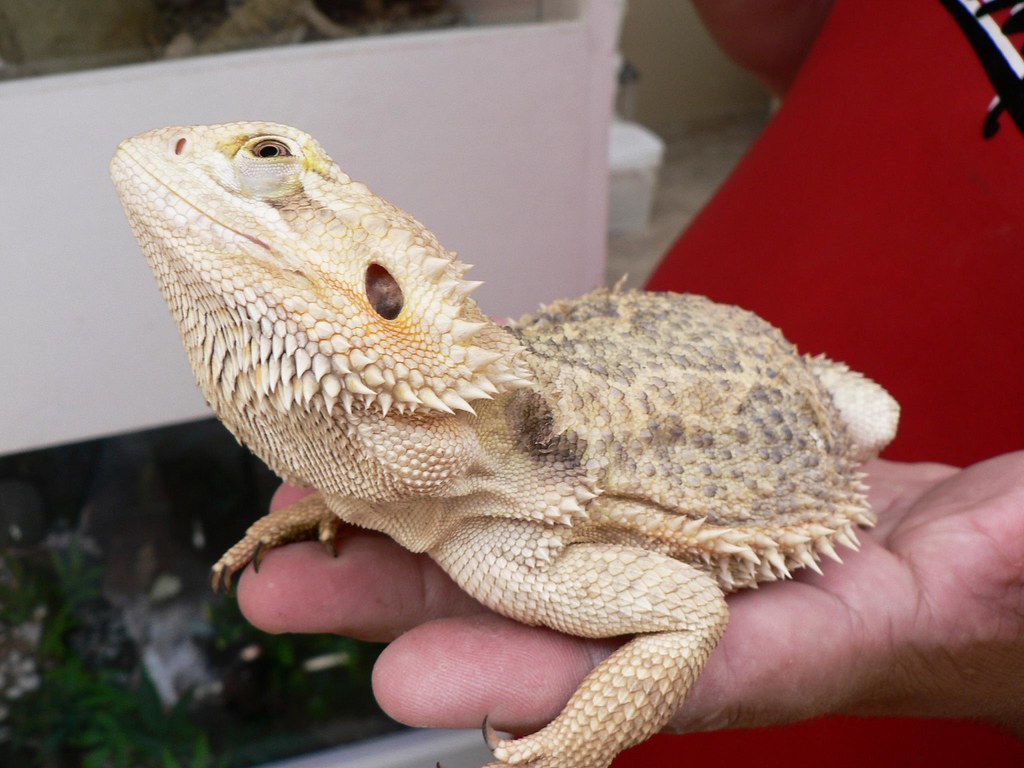
Advances in reptile veterinary medicine and genetics have made health screening an increasingly important component of ethical breeding practices. Responsible breeders work with experienced reptile veterinarians to conduct pre-breeding health assessments, including fecal parasite testing, physical examinations, and when available, genetic screening for known heritable conditions. They maintain detailed health records for all breeding stock and offspring, documenting any health issues that emerge. When health problems appear in offspring, ethical breeders investigate thoroughly, adjust breeding plans if genetic factors are suspected, and communicate transparently with owners of related animals. This proactive approach to health monitoring supports the development of healthier genetic lines while advancing scientific understanding of bearded dragon health and genetics through data collection and responsible information sharing.
Education and Transparency
Ethical bearded dragon breeders serve as educators and advocates for proper reptile husbandry within the wider community. They maintain transparency about their breeding practices, bloodlines, and any health issues that have appeared in their breeding stock or offspring. Educational resources provided by ethical breeders include comprehensive care guides, feeding information, enclosure specifications, and common health issue recognition. Many responsible breeders maintain blogs, social media accounts, or websites where they share their knowledge and experiences, contributing to improved standards across the reptile-keeping community. They also engage in honest marketing, accurately representing the animals they sell without exaggerating qualities or minimizing challenges associated with particular morphs or lineages. This educational role helps elevate husbandry standards and promotes more informed, responsible pet ownership.
Industry Self-Regulation and Standards

In many regions, reptile breeding remains minimally regulated by government agencies, placing greater importance on industry self-regulation and the development of ethical standards. Progressive bearded dragon breeders often participate in or help establish breeding associations, codes of ethics, and best practice guidelines for the community. These collective efforts can include breeder certification programs, mentor relationships for new breeders, and the establishment of welfare standards that exceed minimum legal requirements. Ethical breeders support efforts to identify and address problematic practices within the community, such as the breeding of morphs with known health issues or deceptive marketing tactics. They recognize that maintaining high ethical standards industry-wide protects both the animals and the sustainability of reptile keeping as a hobby and profession.
Conservation Implications of Captive Breeding

While central bearded dragons are not currently considered threatened in the wild, ethical breeders maintain awareness of the conservation implications of their work. They understand that responsible captive breeding reduces pressure on wild populations by meeting market demand with captive-bred specimens. Some breeders participate in educational initiatives about Australian wildlife conservation or support research projects studying wild bearded dragon populations. Ethical breeders strictly adhere to legal requirements regarding exotic animal ownership and never release captive-bred animals into non-native environments, recognizing the potential ecological damage such actions could cause. By maintaining pure lineages of specific localities within their breeding programs, some breeders also help preserve genetic diversity that represents the natural variation found in wild populations, potentially contributing to conservation value.
Future Directions in Ethical Breeding
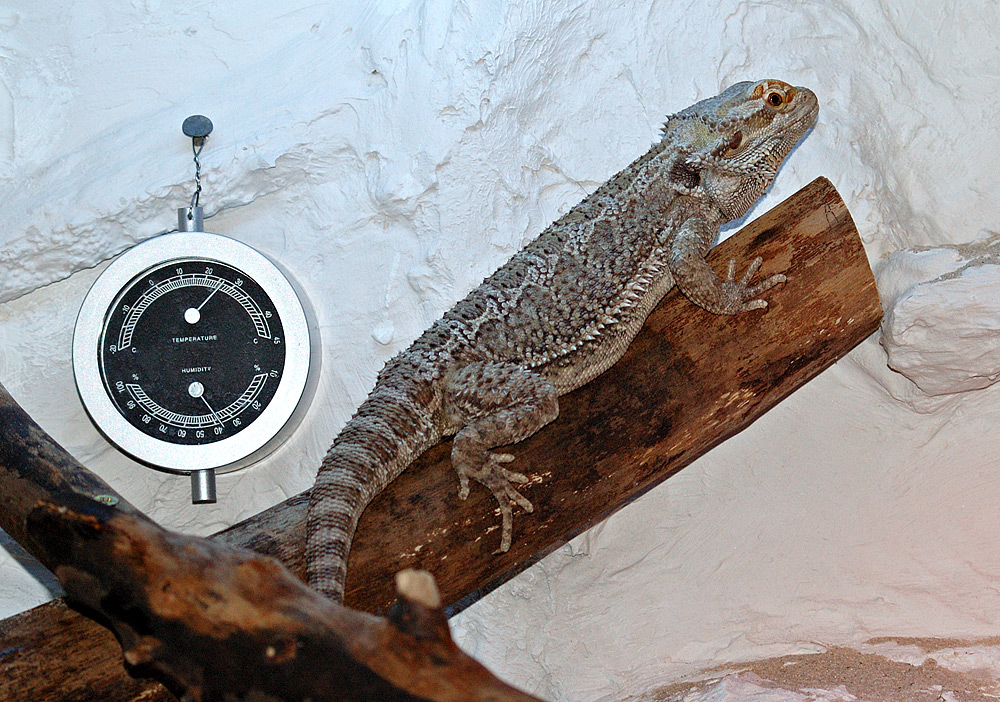
The field of ethical bearded dragon breeding continues to evolve as scientific understanding, veterinary capabilities, and community standards advance. Forward-thinking breeders increasingly incorporate new research on reptile welfare, genetics, and behavior into their practices, regularly reassessing and improving their approaches. Many ethical breeders now place greater emphasis on breeding for health, temperament, and hardiness rather than focusing exclusively on visual traits. Collaboration between breeders, veterinarians, and researchers offers promising avenues for addressing existing health challenges through selective breeding and improved husbandry. Community education efforts are expanding to reach potential owners before purchase, helping ensure that new bearded dragon owners understand the commitment involved. These developments suggest a positive trajectory toward higher welfare standards and more responsible breeding practices throughout the industry.
Conclusion: Balancing Passion with Responsibility
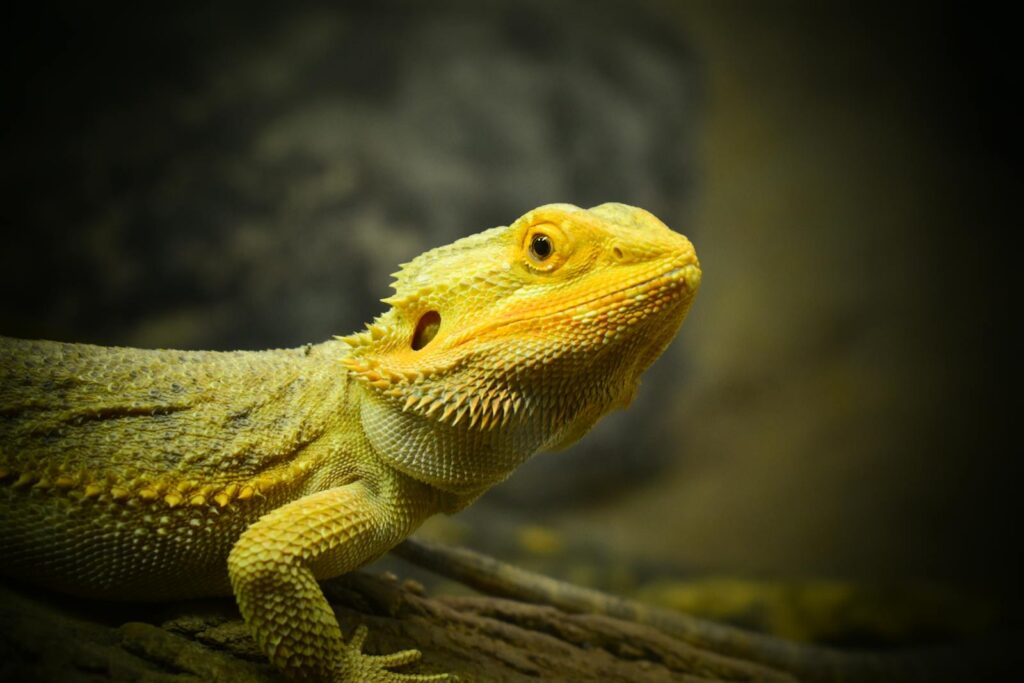
Ethical bearded dragon breeding represents a delicate balance between passion for these remarkable reptiles and responsibility toward their welfare and future generations. The most respected breeders combine expertise in genetics, husbandry, and health management with a genuine commitment to the wellbeing of individual animals and the species as a whole. They recognize that each breeding decision carries ethical weight, with consequences that extend far beyond their own facilities. By prioritizing animal welfare over profit or production goals, these breeders help ensure that bearded dragons remain healthy, genetically sound companions for responsible owners. As the hobby continues to mature, the emphasis on ethical considerations in breeding practices will likely strengthen, benefiting bearded dragons, their owners, and the broader reptile community for generations to come.




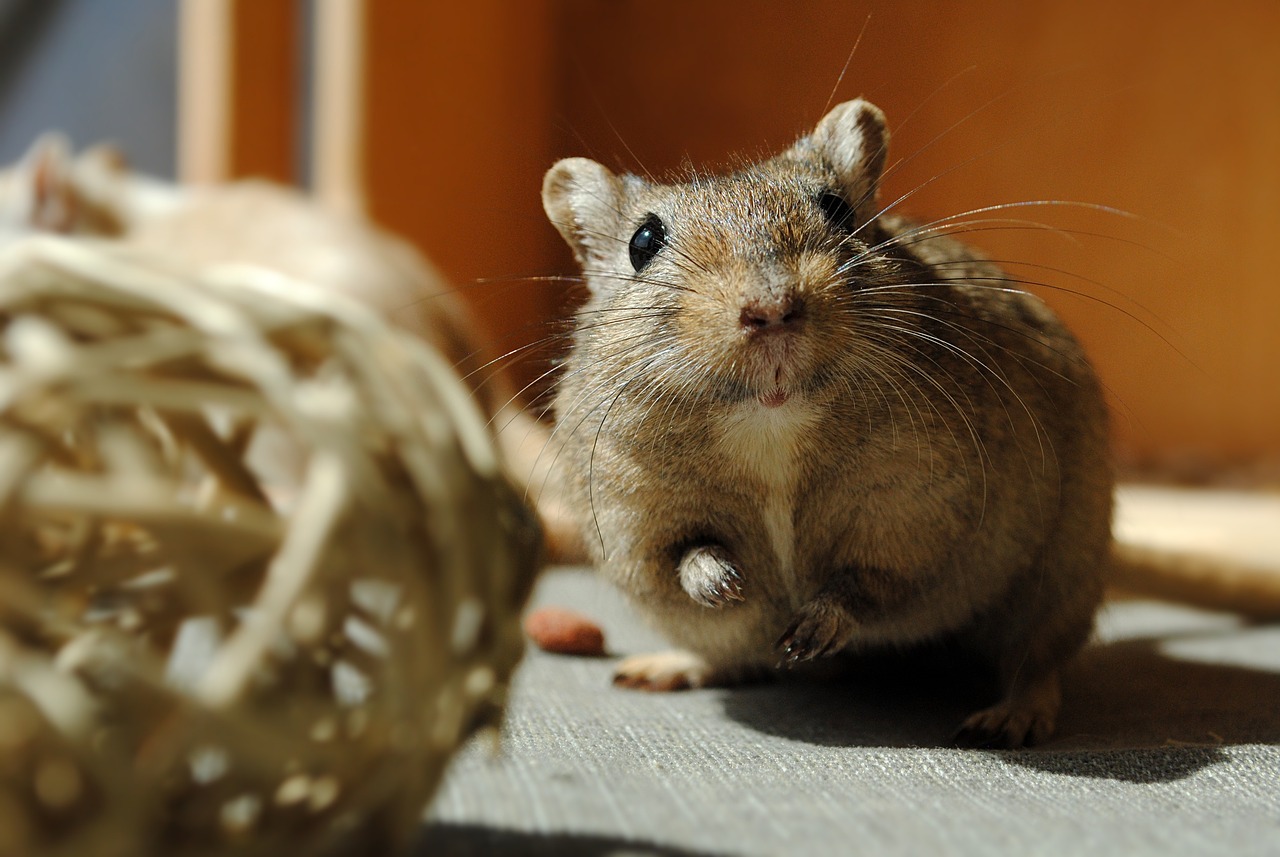

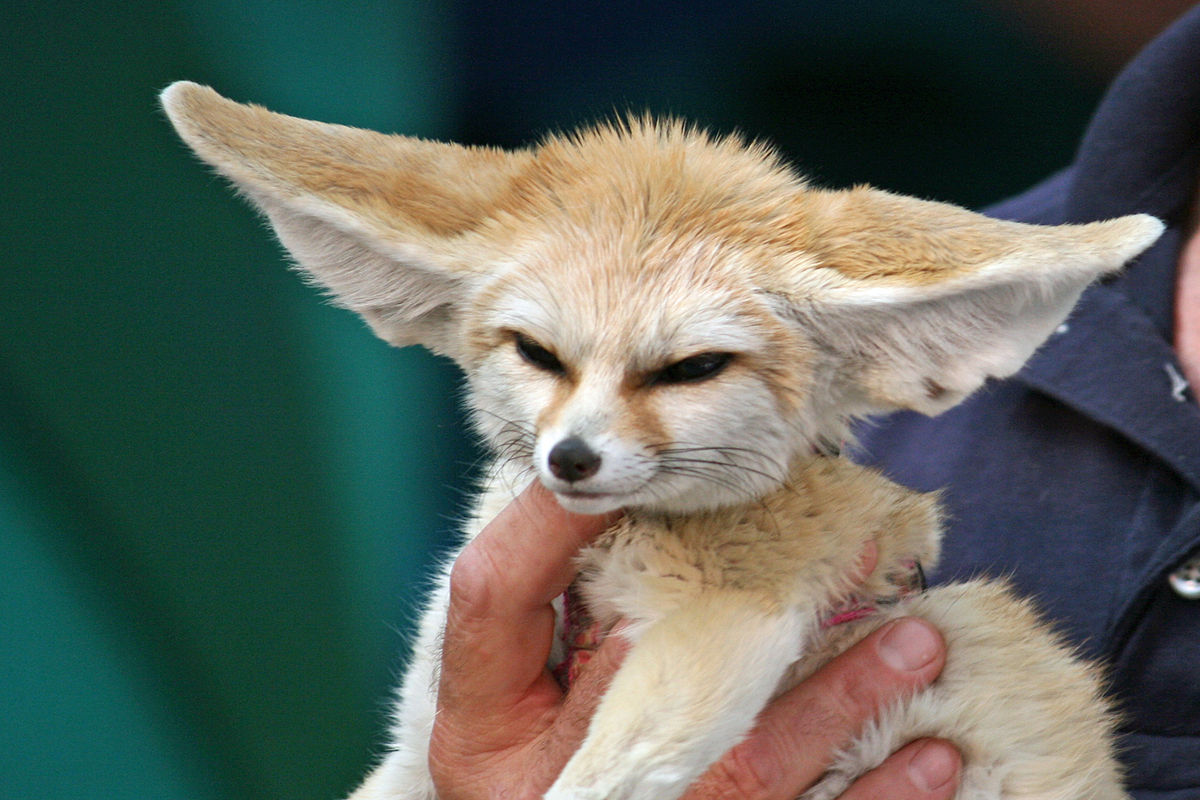



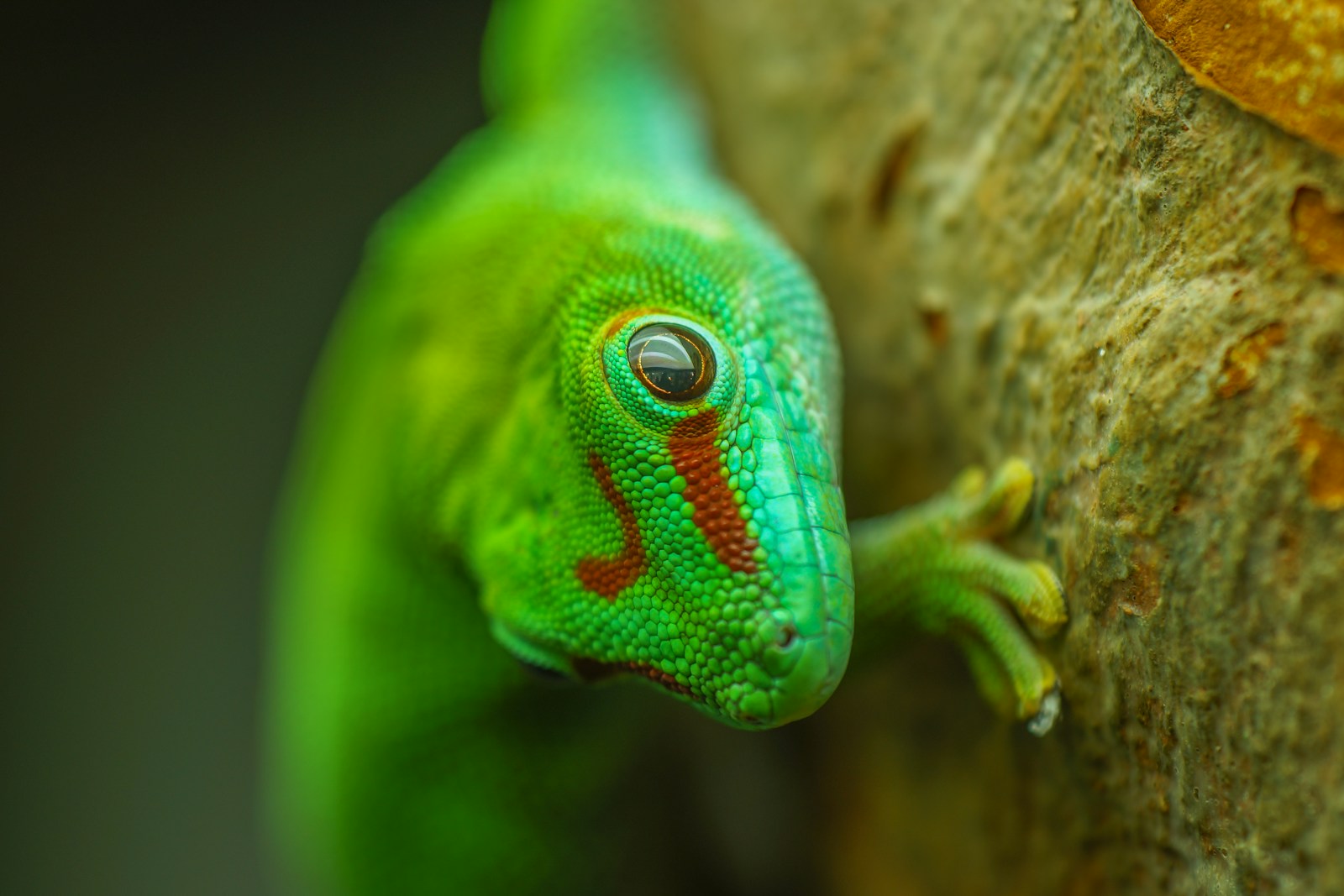




Leave a Reply